The governance of a vast and diverse nation like India necessitates a delicate balance between centralization and decentralization. Both concepts, although seemingly contradictory, play a crucial role in shaping India’s federal structure. Centralization is often seen as a way to maintain national unity and consistency, while decentralization is viewed as a means to empower local governance and ensure responsiveness to regional needs. Understanding these two governance models is key to comprehending India’s political evolution, current governance practices, and future trajectory.
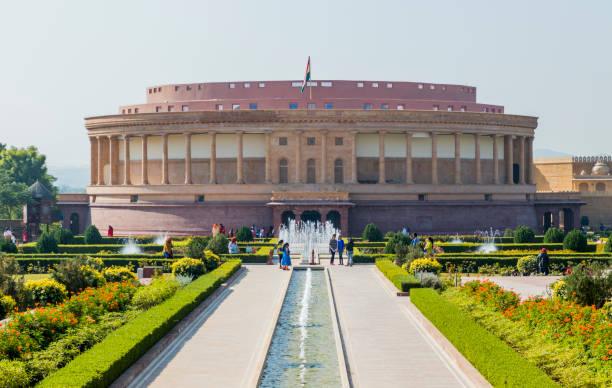
Table of Contents
ToggleDefining Centralization and Decentralization
Centralization:
Centralization is a governance model where the decision-making authority is concentrated at the top levels of government, often within the central or national government. In simple terms, it means that major policies, laws, and administrative decisions are made by a central authority rather than being distributed across various levels of government.
In a centralized system, the central government holds significant power over the functioning of the entire nation. This can include control over financial resources, law enforcement, and the ability to make decisions that affect the country as a whole. Centralization is often characterized by uniform policies and regulations that are applied across all regions, ensuring a consistent approach to governance.
Decentralization
Decentralization, on the other hand, is the process of distributing decision-making authority away from the central government and towards local or regional governments. This system allows for greater autonomy and flexibility at the local level, enabling communities to tailor policies and governance practices to their specific needs.
In a decentralized system, local governments have the power to make decisions on a range of issues, from education and healthcare to infrastructure and economic development. This not only empowers local leaders but also ensures that governance is more responsive to the needs of the people.
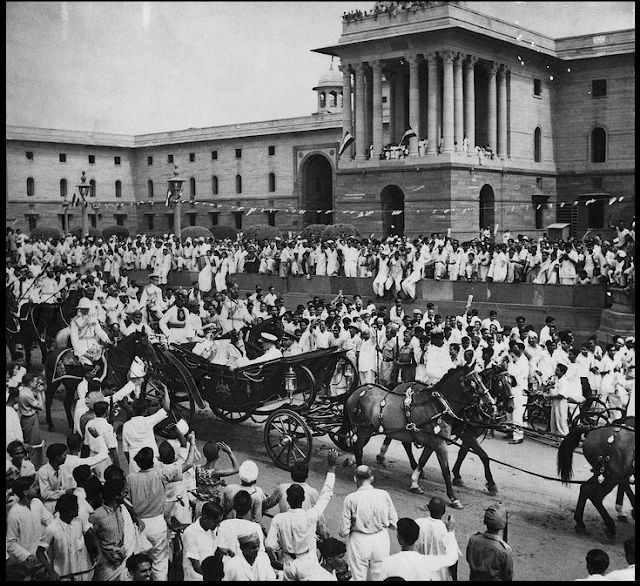
Centralization and Decentralization Shaping India’s Federal Structure
History of centralization
The concept of centralization has deep roots in India’s history, dating back to the colonial era when the British established a highly centralized system of governance. The British Raj was characterized by a strong central authority that controlled most aspects of governance, from law and order to economic policies. This centralization was necessary to maintain control over a vast and diverse colony, but it also led to widespread discontent and resistance among the Indian population.
After gaining independence in 1947, India retained a significant degree of centralization in its governance structure. The framers of the Indian Constitution were keenly aware of the challenges of governing such a diverse nation and opted for a quasi-federal structure with a strong central government. This was reflected in the distribution of powers between the central and state governments, as outlined in the Seventh Schedule of the Constitution.
History of decentralization
Decentralization in India has its roots in the country’s ancient governance systems, where local self-governance was a key feature of rural administration. However, the modern concept of decentralization gained prominence in the post-independence era, particularly with the passage of the 73rd and 74th Constitutional Amendments in 1992. These amendments marked a significant shift towards decentralization by establishing Panchayati Raj Institutions (PRIs) and Urban Local Bodies (ULBs) as the third tier of government.
The 73rd Amendment aimed to empower rural local bodies, known as Panchayats, by granting them constitutional status and providing them with greater autonomy in decision-making. Similarly, the 74th Amendment focused on urban local governance, ensuring that cities and towns had their own elected bodies to manage local affairs. These amendments were seen as a major step towards decentralization, as they sought to bring governance closer to the people and promote grassroots democracy.
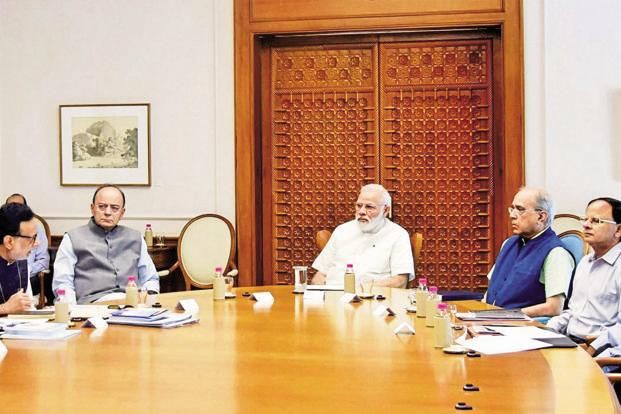
Present Scenario and Future Outlook of centralization and decentralization
Centralization
In the contemporary context, centralization continues to play a significant role in India’s governance. The central government remains the dominant force in policymaking, particularly in areas such as defense, foreign policy, and economic planning. However, there has been a growing recognition of the need to balance centralization with decentralization, particularly in light of the challenges posed by regional disparities and demands for greater autonomy.
Looking to the future, the trend towards centralization is likely to persist, particularly in areas where national unity and security are at stake. However, there will also be a continued push towards decentralization, as local governments seek greater control over their own affairs. The key challenge for India will be finding the right balance between these two approaches, ensuring that the benefits of centralization are realized without undermining the advantages of decentralization.
Decentralization
There are still significant challenges to be addressed. Many local governments in India continue to face resource constraints, with inadequate funding and limited administrative capacity. Additionally, the relationship between the central, state, and local governments can sometimes be strained, with issues of overlapping jurisdiction and authority leading to conflicts.
Looking to the future, there is a need for further reforms to strengthen decentralization in India. This could include providing greater financial autonomy to local governments, enhancing their administrative capacity, and promoting greater coordination between different levels of government. By addressing these challenges, India can ensure that decentralization continues to play a vital role in its federal structure.
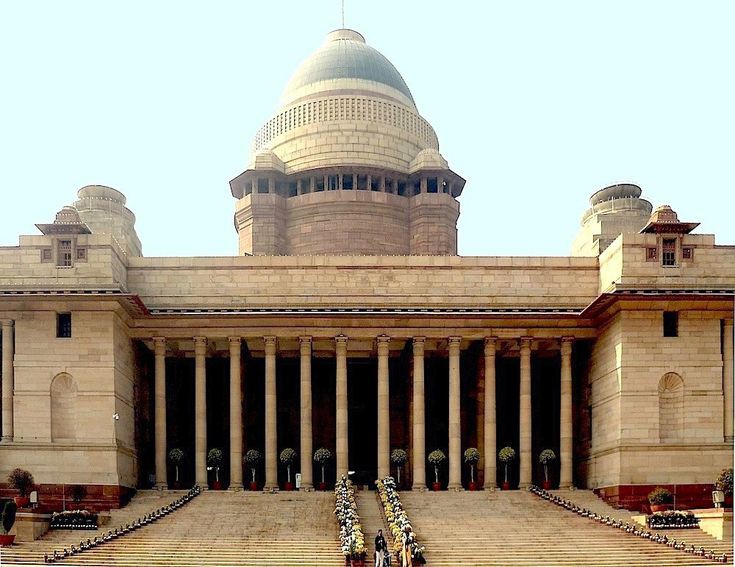
Intergovernmental mechanism and institutions for balancing India's Centralization and decentralization
Finance Commission
One of the key institutions that plays a role in balancing centralization and decentralization in India is the Finance Commission. Established under Article 280 of the Constitution, the Finance Commission is responsible for recommending the distribution of financial resources between the central and state governments. By ensuring a fair allocation of resources, the Finance Commission helps to promote fiscal decentralization and reduce regional disparities.
Inter-State Council
Another important intergovernmental mechanism is the Inter-State Council, established under Article 263 of the Constitution. The Inter-State Council serves as a platform for dialogue and cooperation between the central and state governments, helping to resolve disputes and promote harmonious relations between different levels of government. The council plays a crucial role in balancing the interests of the central and state governments, ensuring that the federal structure remains strong and resilient.
Zonal Councils
Zonal Councils are another important institution that facilitates coordination and cooperation among states. Established under the States Reorganization Act of 1956, Zonal Councils are advisory bodies that provide a forum for discussing and resolving issues of common interest to the states in each zone. By promoting regional cooperation, Zonal Councils help to strengthen the federal structure and ensure that the benefits of decentralization are realized.
Panchayati Raj Institutions (PRIs)
PRIs are perhaps the most significant institution promoting decentralization in India. As the third tier of government, PRIs play a crucial role in local governance, particularly in rural areas. By empowering local communities to take charge of their own development, PRIs have helped to promote grassroots democracy and ensure that governance is more responsive to the needs of the people.
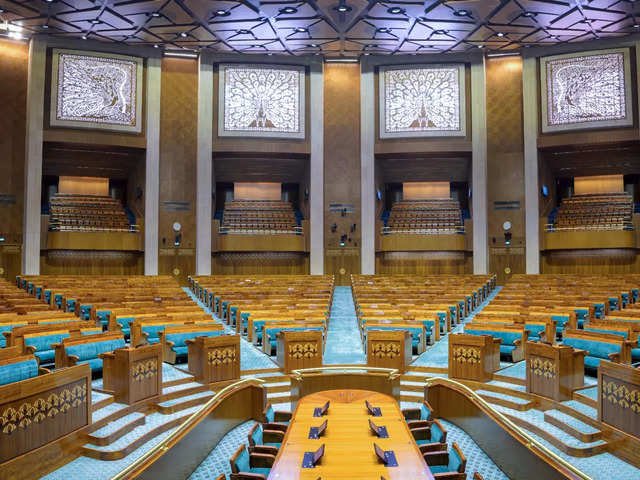
Thoughts of Political Scientists on Centralization and Decentralization
The debate between centralization and decentralization has long been a subject of interest among political scientists. Various scholars have offered insights into the advantages and disadvantages of each approach, particularly in the context of a diverse and complex nation like India.
Granville Austin: Austin, a noted constitutional expert, highlighted the importance of centralization in maintaining the unity and integrity of India. He argued that the framers of the Indian Constitution deliberately opted for a strong central government to prevent the country from fragmenting along regional lines. However, Austin also recognized the need for decentralization to address the diverse needs of India’s population.
Rajni Kothari: Kothari, a prominent Indian political scientist, emphasized the role of decentralization in empowering marginalized communities and promoting democratic participation. He believed that decentralization was essential for addressing the inequalities and imbalances that exist within Indian society. Kothari argued that by bringing governance closer to the people, decentralization could lead to more equitable and inclusive development.
Alexis de Tocqueville: While not specifically writing about India, Tocqueville’s observations on American democracy have been influential in discussions about decentralization. Tocqueville argued that decentralization is key to fostering civic engagement and accountability in governance. His views have been cited by Indian scholars and policymakers advocating for greater decentralization in the country.
B.R. Ambedkar: The principal architect of the Indian Constitution, Ambedkar, was a strong proponent of both centralization and decentralization. He believed that a strong central government was necessary to maintain national unity and protect the rights of marginalized communities. However, Ambedkar also supported the idea of decentralized governance, particularly through the establishment of local self-governing institutions, as a means to promote social justice and empower disadvantaged groups.

Conclusion
The interplay between centralization and decentralization has been a defining feature of India’s federal structure. Both approaches have their strengths and weaknesses, and both are essential to the governance of a diverse and complex nation like India.
While centralization is necessary to maintain national unity, ensure efficient decision-making, and address issues of national importance, decentralization is crucial for empowering local governments, promoting regional development, and ensuring that governance is responsive to the needs of the people.As India continues to evolve, it is clear that both centralization and decentralization will remain important aspects of its governance. The key challenge for the future will be finding the right balance between these two approaches, ensuring that the benefits of centralization are realized without undermining the advantages of decentralization.
Centralization refers to the concentration of power and authority in the hands of the central government. In the Indian context, it involves the central government making key decisions that impact the entire country, often with limited input from state or local governments.
Decentralization is the process of distributing power and decision-making authority from the central government to state and local governments. It is important in India because it allows for more tailored governance that can address the unique needs of different regions and communities, promoting greater democratic participation and accountability.
Centralization can strengthen national unity and ensure uniform policies across the country. However, it can also limit the autonomy of state and local governments, potentially leading to inefficiencies and dissatisfaction at the regional level.
Decentralization in India has evolved through constitutional amendments, such as the 73rd and 74th Amendments, which established Panchayati Raj institutions and municipal bodies, respectively. These amendments aimed to empower local governments and promote grassroots democracy.
Key intergovernmental mechanisms include the Inter-State Council, the Finance Commission, and NITI Aayog. The Inter-State Council facilitates coordination between the central and state governments, while the Finance Commission allocates financial resources. NITI Aayog promotes cooperative federalism and decentralized planning.
Pros: Centralization can lead to more efficient decision-making, uniform policy implementation, and stronger national security.
Cons: It may reduce regional autonomy, ignore local needs, and lead to an overconcentration of power.
Decentralization allows for governance that is more responsive to local needs, promotes democratic participation, empowers marginalized communities, and fosters innovation at the local level.
Dr. B.R. Ambedkar advocated for a balance between centralization and decentralization. He supported a strong central government to maintain national unity but also emphasized the importance of decentralized governance to promote social justice and empower marginalized communities.
Reference
- Decentralization in India: History, Laws, and Politics
- Understanding India’s Federalism and Centralization
- The Dynamics of Centralization and Decentralization in India
- Centralization and Decentralization in Indian Governance
- Intergovernmental Relations in India: A Study of Centralization and Decentralization

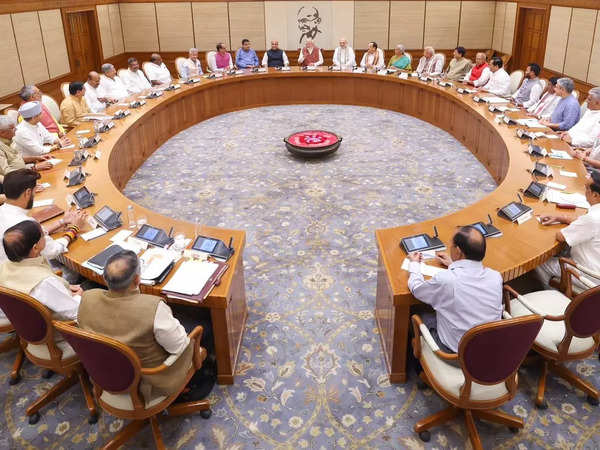
Hey people!!!!!
Good mood and good luck to everyone!!!!!